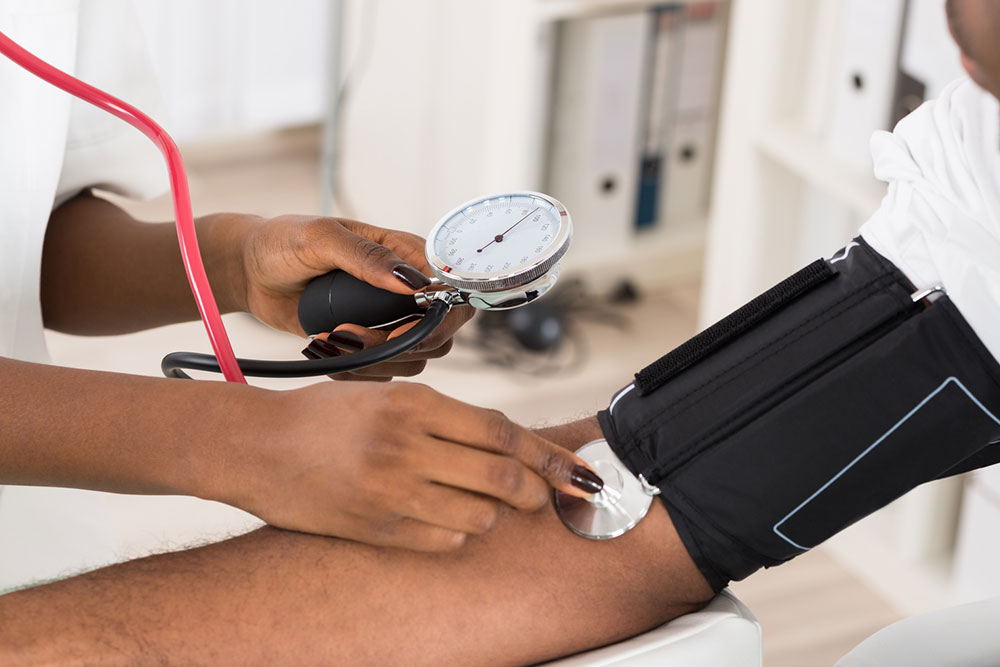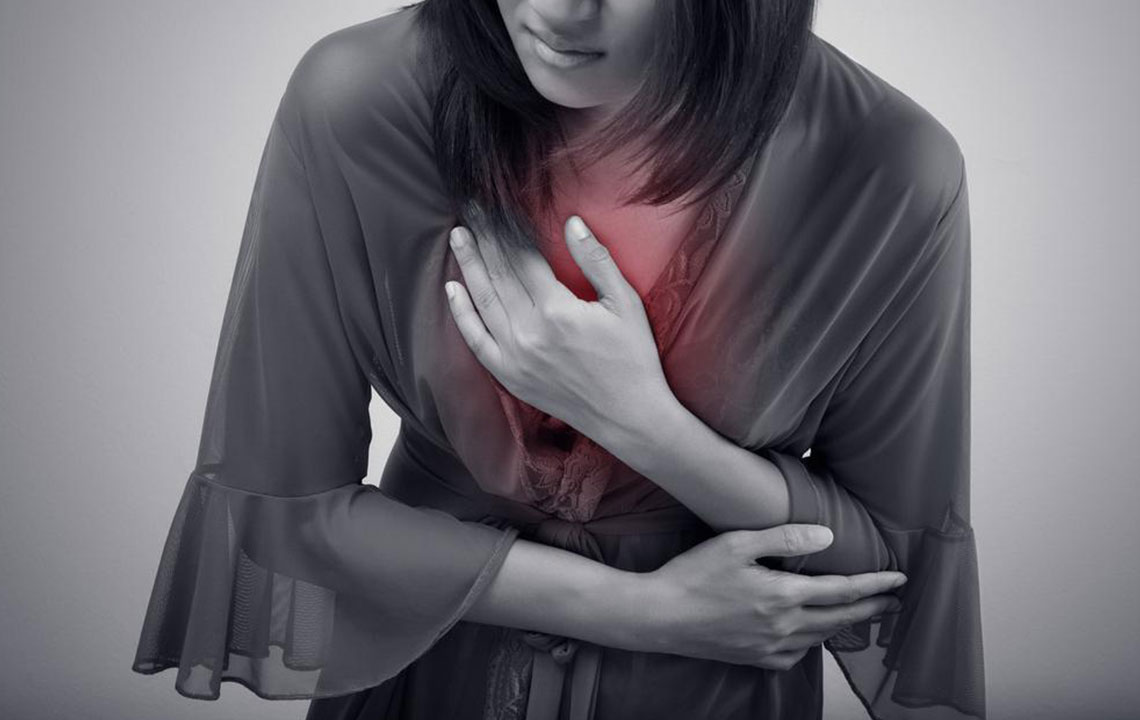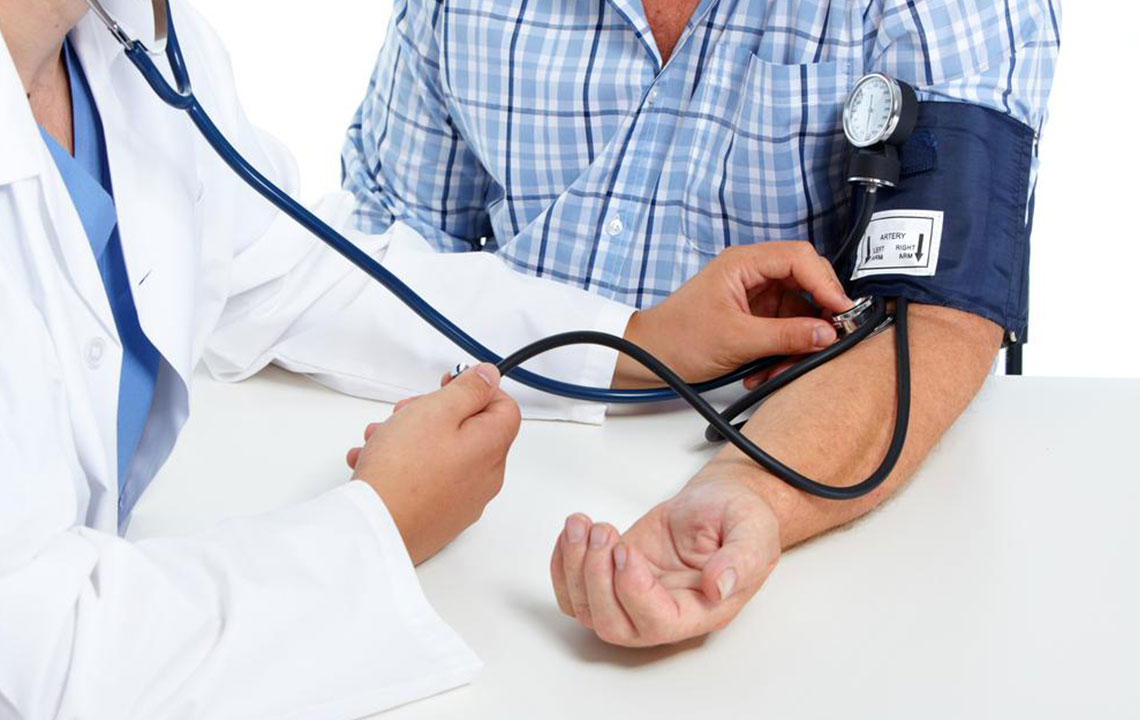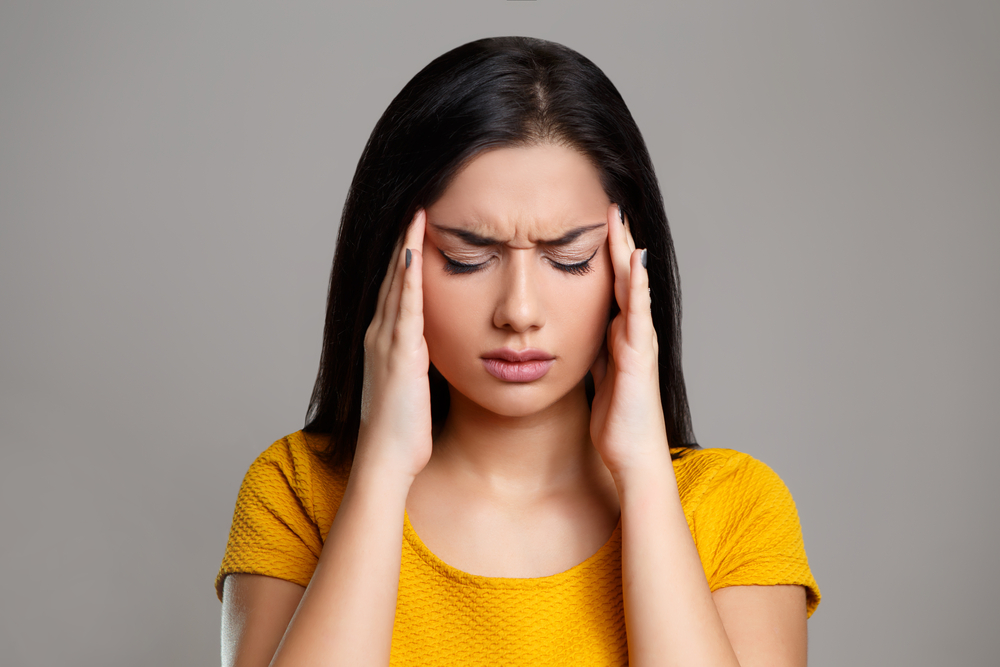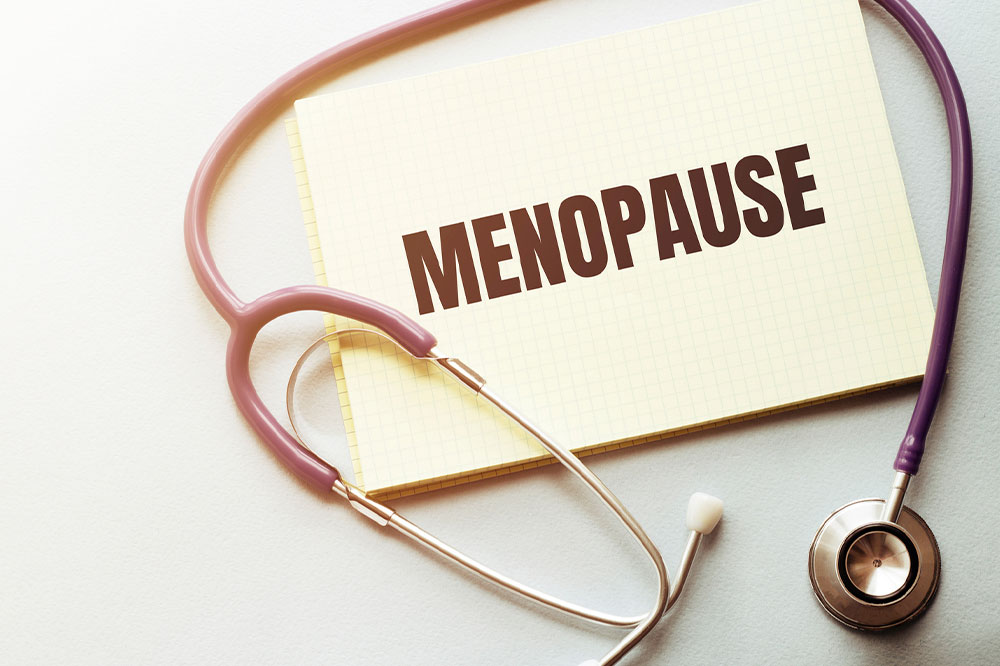Effective Strategies for Managing Menopausal Hot Flashes: A Comprehensive Guide
This comprehensive guide explores effective strategies and treatments to manage hot flashes during menopause. Covering hormone therapy, natural supplements, lifestyle changes, and alternative approaches, it provides detailed insights to help women alleviate symptoms and improve their quality of life during this transitional phase. Personalized management plans and professional guidance are emphasized for optimal results.
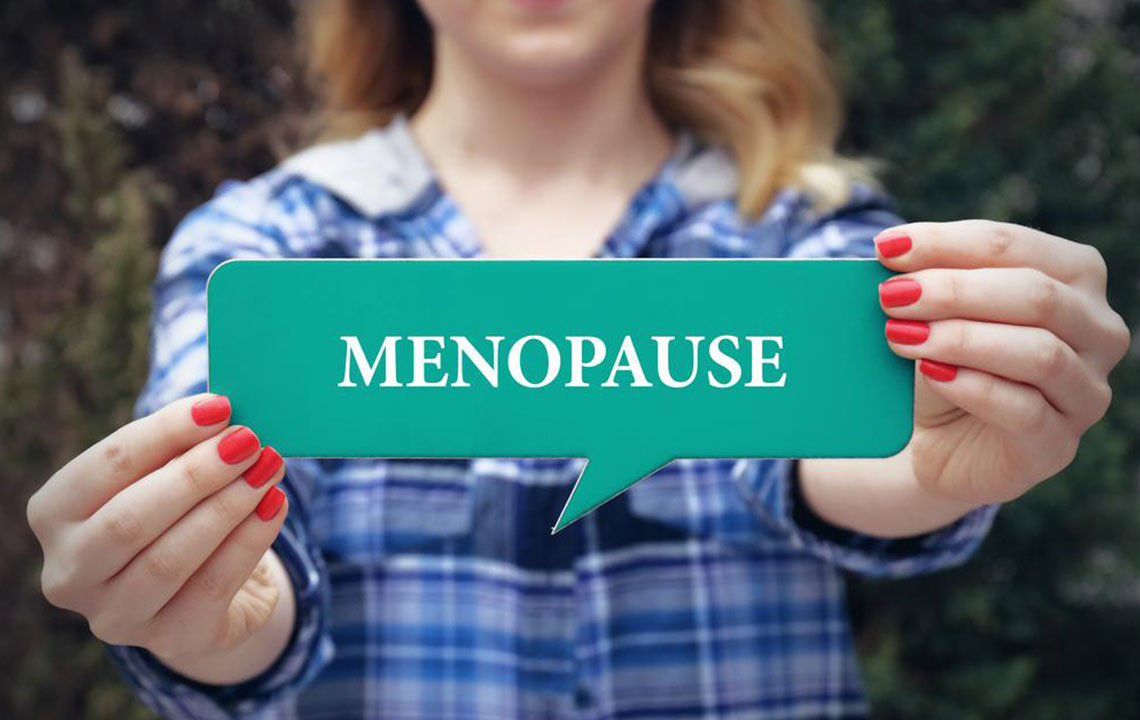
Effective Strategies for Managing Menopausal Hot Flashes: A Comprehensive Guide
Menopause is a significant milestone in a woman's life, typically occurring in her 40s or 50s, signaling the end of her reproductive years. It is characterized by a variety of physical and emotional changes due to hormonal fluctuations. Diagnosed after a woman has missed her period for over a year, menopause marks the transition from fertility to post-reproductive life. During this period, the ovaries gradually cease to function, leading to decreased levels of estrogen and progesterone. These hormonal shifts can trigger a wide range of symptoms, with hot flashes being one of the most common and disruptive issues faced by menopausal women.
Hot flashes, experienced by approximately 70% or more women going through menopause, are characterized by sudden feelings of intense heat that often spread over the upper body and face. These episodes are frequently accompanied by sweating, flushing, and sometimes chills afterward. The cause of hot flashes remains not entirely understood, but it is believed that fluctuations in hormone levels influence the brain's temperature regulation center, leading to these uncomfortable episodes. Additionally, changes in circulation and blood vessel dilation are thought to contribute to the sensation of heat.
Aside from the immediate sensation of heat, women may also experience night sweats, which are hot flashes that occur during sleep, often disrupting rest and leading to fatigue and irritability. An increased heart rate, feelings of anxiety, and difficulty sleeping are common side effects associated with hot flashes. The duration of these episodes can vary widely; some women experience them for only a few months, while others may suffer from hot flashes for several years. The severity and frequency of hot flashes are highly individual, influenced by various personal, lifestyle, and environmental factors.
Common Triggers of Hot Flashes
Caffeine intake from coffee, tea, or energy drinks can stimulate the nervous system and worsen hot flashes.
Alcohol consumption is known to dilate blood vessels and trigger episodes.
Tobacco use increases the frequency and intensity of hot flashes and adds to overall health risks.
Spicy foods contain capsaicin, which can increase body temperature and provoke hot flashes.
Tight-fitting clothing restricts airflow and can trap heat, intensifying symptoms.
Stress and anxiety can disrupt hormonal balance and exacerbate hot flashes.
High ambient temperatures or hot environments can serve as external triggers.
Tracking hot flashes by keeping a diary of when they occur can help women identify personal triggers. Overall, avoiding known triggers and adopting specific lifestyle strategies can significantly reduce the frequency and severity of hot flashes, thereby improving daily functioning and quality of life.
Effective Ways to Reduce Hot Flashes
Managing hot flashes involves a blend of medical interventions, natural remedies, and lifestyle modifications tailored to individual needs. Here is an in-depth overview of the most common and effective strategies:
Hormone Therapy (HT)
Hormone Therapy, especially estrogen therapy, remains one of the most effective treatments for severe hot flashes. It works by replenishing declining hormone levels, restoring hormonal balance, and reducing vasomotor symptoms. In women with an intact uterus, combined estrogen-progesterone therapy is recommended to prevent endometrial hyperplasia. Before starting, consulting with a healthcare provider is essential to evaluate risks and benefits, especially for women with a history of blood clots, breast cancer, or liver issues. Hormone therapy can be administered through pills, patches, gels, or creams, providing flexibility based on patient preferences and health considerations.
Non-Hormonal Medications
For women who cannot or prefer not to use hormone therapy, non-hormonal medications offer alternative options. Certain antidepressants like paroxetine and venlafaxine have shown efficacy in reducing hot flashes. Gabapentin, primarily used for nerve pain, can also diminish the frequency of hot flashes. Clonidine, a blood pressure medication, may provide relief as well, though it often has side effects such as dry mouth and dizziness. It is critical to discuss potential side effects and suitability with your healthcare provider before initiating these medications.
Complementary and Alternative Approaches
Acupuncture — Some women find relief through acupuncture treatments, which involve stimulating specific points on the body to balance energy flow. While scientific evidence is limited, anecdotal reports support its benefits.
Meditation and Relaxation Techniques — Practices such as deep breathing, progressive muscle relaxation, and mindfulness meditation can reduce stress levels, which in turn may lessen hot flash frequency and severity.
Cognitive Behavioral Therapy (CBT) — Focusing on emotional regulation and stress management, CBT can help women cope better with hot flashes and associated emotional challenges.
Natural Supplements and Dietary Adjustments
Phytoestrogens — These plant-based compounds mimic estrogen and are found in soy products like soy milk, tofu, tempeh, and lentils. Incorporating these foods might help balance hormone levels naturally.
Black Cohosh — An herbal supplement used extensively for menopausal symptoms. While some women report significant relief, scientific evidence is mixed, and it’s vital to consult a healthcare professional before use.
Vitamin E — An antioxidant believed to help alleviate mild hot flashes and improve skin health. Vitamin E supplements can be considered after discussing with your doctor.
Lifestyle Modifications for Symptom Relief
Stay Cool — Wear loose, lightweight, and breathable clothing made of natural fibers like cotton. Use fans, air conditioning, and cooling towels during hot flashes. Sipping cold water can provide immediate relief.
Avoid Smoking — Smoking not only worsens hot flashes but also increases the risk of cardiovascular disease, osteoporosis, and other health issues.
Dietary Choices — Reduce intake of spicy, processed, and greasy foods. Limit caffeine and alcohol consumption to minimize triggers.
Maintain a Healthy Weight — Obesity can exacerbate hot flashes, so regular exercise and a balanced diet are recommended to achieve and sustain a healthy weight.
Regular Exercise — Physical activity not only improves overall health but can also help stabilize hormones and reduce hot flash severity.
Stress Management — Engage in activities that promote relaxation, such as yoga, tai chi, or hobbies, to help manage stress-related triggers.
In conclusion, dealing with hot flashes during menopause requires a multi-faceted approach that combines medical treatment, natural remedies, and lifestyle adjustments. Personalization of the management plan, based on individual symptoms, health history, and preferences, is critical. Consulting a healthcare provider ensures safe and effective strategies to reduce discomfort and improve quality of life during this transitional phase. With proper management, women can navigate menopause more comfortably, maintaining well-being and vitality.

